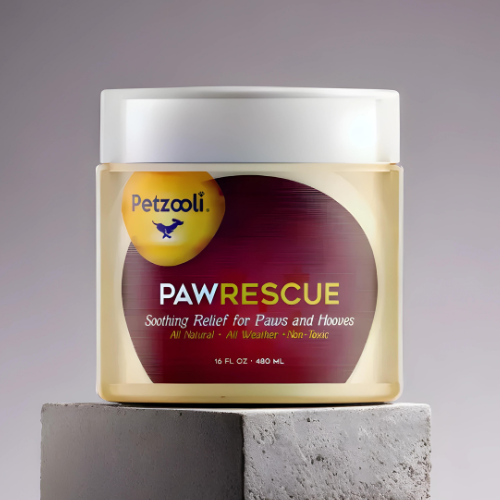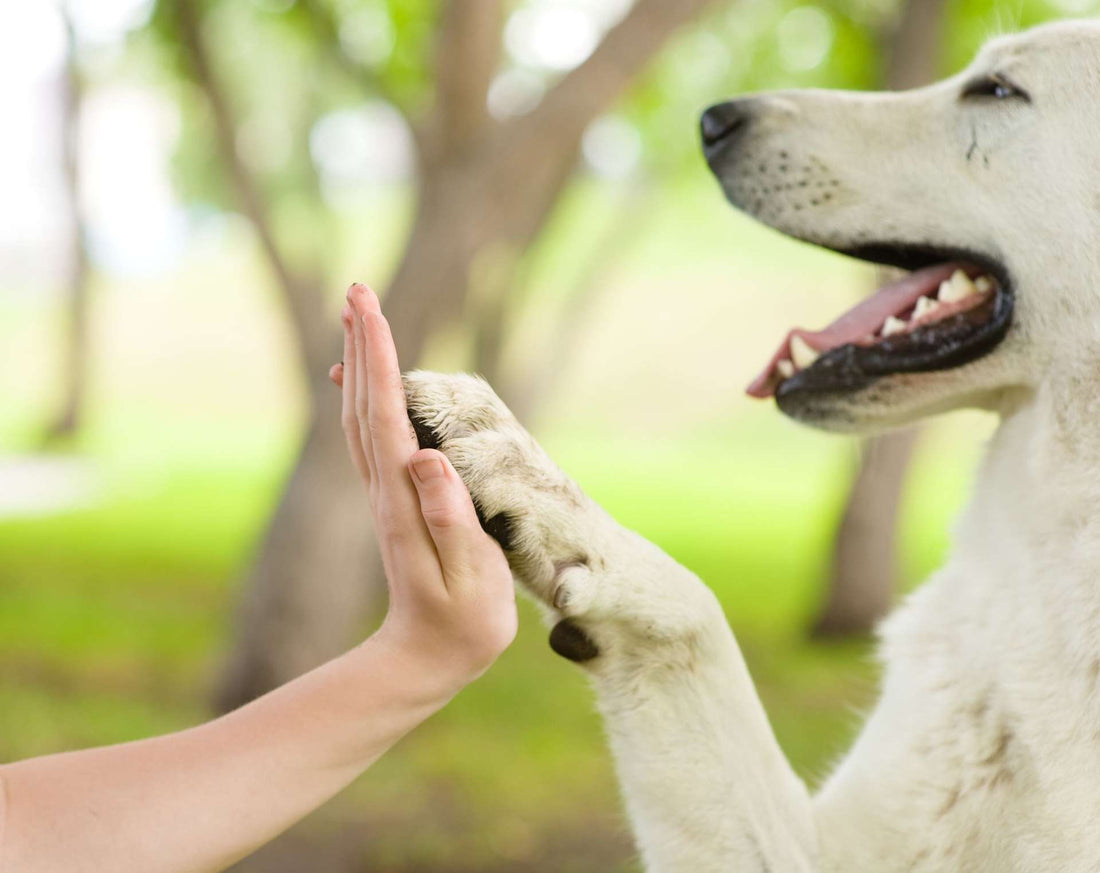
How Often Should You Put Paw Balm on Your Dog's Paws?
Share
As a concerned and loving pet owner, you probably find yourself constantly searching for ways to keep your dog healthy and happy. One essential aspect of dog care is maintaining the health of their paws. But how often should you put paw balm on your dog? Understanding this can help ensure your furry friend's paws stay in tip-top condition.
In this article, we'll dive deep into the importance of paw balm, how often you should apply it, and some best practices to keep those cute paws in perfect shape. We'll cover everything you need to know to keep your dog's paws well-maintained and healthy.

Why Use Paw Balm on Your Dog?
Dog paws endure a lot of wear and tear. Whether it's walking on rough surfaces, exposure to extreme temperatures, or simply the daily adventures of being a curious canine, their paws can take quite a beating. This is where paw balm comes into play. Just like how we use moisturizers and lotions to keep our skin healthy and hydrated, paw balm serves the same purpose for your dog's paws.
Paw balm helps to soothe, heal, and protect your dog's paw pads. It forms a protective barrier against harsh elements and keeps their skin soft and supple. Regular use of paw balm can also prevent painful cracks, dryness, and irritation, ensuring your dog stays comfortable and happy.

How Often Should You Apply Paw Balm?
The frequency of applying paw balm depends on various factors, including your dog's activity level, the environment they are exposed to, and the specific needs of their paws. Here are some general guidelines to consider:
1. Daily Application
For active dogs that spend a lot of time outdoors or on rough surfaces, daily application of paw balm is recommended. This helps ensure their paws remain protected and hydrated, reducing the risk of cracks and dryness.
2. Regular Maintenance
For dogs with less activity or those who primarily stay indoors, applying paw balm two to three times a week should suffice. Regular maintenance will keep their paws supple and well-moisturized.
3. Seasonal Considerations
During extreme weather conditions, such as hot summers or cold winters, you may need to increase the frequency of application. In winter, when salt and ice can damage paws, daily application is crucial. Likewise, in summer, hot pavement and rough terrain may necessitate more frequent use.

Signs Your Dog Needs More Paw Balm
It's essential to monitor your dog's paws for signs that they may need more frequent application of paw balm. Here are some indicators to watch out for:
Dry and Cracked Paw Pads
If you notice your dog's paw pads becoming dry, rough, or cracked, it's a clear sign that they need more moisturizing. Cracked paw pads can be painful and may lead to infections, so it's crucial to address this promptly.
Licking and Chewing
Excessive licking or chewing of their paws can indicate discomfort or irritation. Applying paw balm can soothe the affected area and reduce their urge to lick or chew.
Changes in Walking
If your dog starts limping or shows reluctance to walk, it could be due to paw pad discomfort. Regular use of paw balm can prevent such issues and keep them moving comfortably.

Choosing the Right Paw Balm
Not all paw balms are created equal. When selecting a paw balm for your dog, consider the following factors:
Natural Ingredients
Opt for paw balms made with natural ingredients, such as shea butter, coconut oil, and beeswax. These ingredients are gentle on your dog's paws and provide effective hydration and protection.
Non-Toxic and Safe
Ensure the paw balm is free from harmful chemicals and toxins. Dogs tend to lick their paws, so using a safe and non-toxic product is essential.
Specific Needs
Consider your dog's specific needs. If they have allergies or sensitivities, choose a hypoallergenic paw balm. For extreme weather conditions, look for balms designed to withstand harsh elements.
Tips for Applying Paw Balm
Applying paw balm to your dog's paws doesn't have to be a daunting task. Here are some tips to make the process easier:
Clean the Paws First
Before applying paw balm, ensure your dog's paws are clean and dry. This helps the balm adhere better and provides maximum effectiveness.
Massage Gently
Apply a small amount of paw balm to each paw pad and massage it in gently. Your dog may enjoy the massage, making it a pleasant experience for both of you.
Distract and Reward
To prevent your dog from licking off the balm immediately, distract them with treats or playtime. Positive reinforcement can create a positive association with the process.
Conclusion
Maintaining your dog's paw health is a vital aspect of their overall well-being. By understanding how often you should put paw balm on your dog and following best practices, you can ensure their paws remain healthy, comfortable, and happy. Remember to monitor their paw condition regularly and adjust the frequency of application as needed.
For more information on dog paw care, check out our related articles on DIY Dog Paw Balm, How to Make Dog Paw Balm at Home, and Is Dog Paw Balm Necessary. These resources provide valuable insights and tips for keeping your dog's paws in excellent condition.
FAQs
Is paw balm safe for my dog to lick?
Yes, most paw balms are formulated with safe and non-toxic ingredients. However, it's always a good idea to monitor your dog during and after application to ensure they don't ingest too much of the balm.
Can I use paw balm on other parts of my dog's body?
While paw balm is specifically designed for paw pads, it can also be used on other dry or irritated areas, such as elbows and noses. Just ensure the product is safe for these areas.
How do I store paw balm?
Store paw balm in a cool, dry place away from direct sunlight to maintain its consistency and effectiveness. Proper storage ensures the balm remains usable and effective for longer.
As an Amazon Associate, I earn from qualifying purchases.
